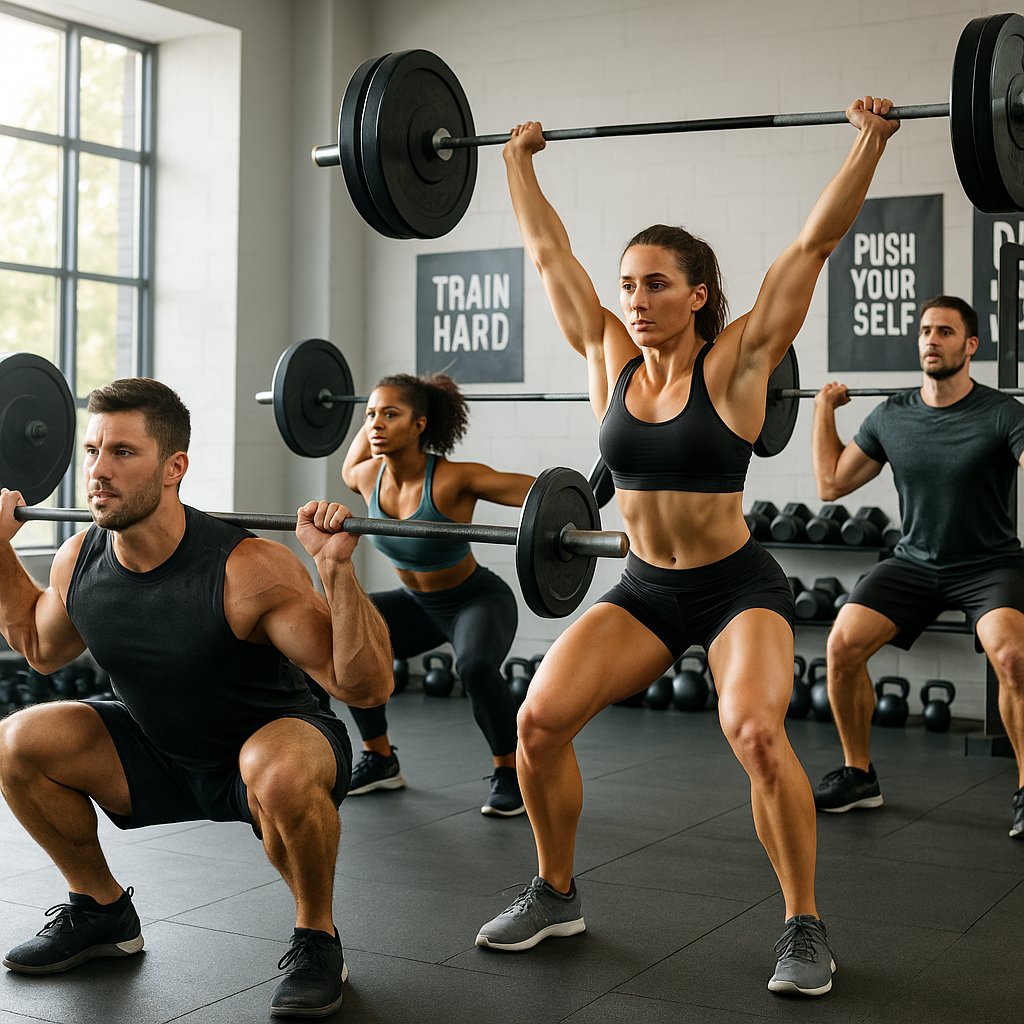If you want to know how to get a body like a rugby player, the secret is expert-approved training, nutrition, and recovery. Rugby players are built for explosive power, serious endurance, and a muscular, athletic look. Getting that physique means more than just lifting weights—it’s about balanced strength, functional workouts, and a solid meal plan. This article breaks down exactly how to train, eat, and recover to look and perform like a rugby pro, using the latest data and real-world advice from top coaches and athletes.

We’ll cover:
- Proven rugby strength and conditioning routines
- Nutrition strategies for size, power, and leanness
- The key mindset and recovery steps professionals use
- Body fat, muscle goals, and case studies
Let’s dive into how you can build a rugby player’s body—with actionable steps you can start today. For more detailed policy and health guidance, always consult World Rugby’s Official Fitness Resource and your healthcare provider.
What Does It Take to Get a Rugby Player’s Body?
Understanding the Rugby Physique
A classic rugby build is a combination of:
- Strong legs, glutes, and core
- Powerful chest, back, and shoulders
- Low to moderate body fat (10–15% for most positions)
- Explosive speed and all-day stamina
According to RugbyBricks, rugby athletes train for functional strength—not just looks. This means prioritizing power and agility over pure muscle bulk.
Expert Training Plan for a Rugby Physique
Rugby Strength and Power Workouts
Main keyword: Rugby player body
Building a body like a rugby player starts in the gym with a focus on big compound movements.
Experts recommend:
- Squats, Deadlifts, Bench Press: 3–4 sessions per week for full-body strength
- Olympic Lifts (Clean, Snatch): Improve power and explosiveness
- Plyometric Drills: Box jumps, burpees, and medicine ball throws
- Speed Training: Sprints, hill runs, and agility ladders
Example Weekly Split:
- Mon: Full-body strength (squat, bench, row)
- Wed: Power/plyo (cleans, box jumps, sprints)
- Fri: Upper/lower strength (deadlift, overhead press, lunges)
Pro Tip:
“Rugby athletes train with intent, focusing on functional moves that transfer to real performance,” says Peter Breen, RugbyBricks founder (source).
Endurance, Mobility, and Injury Prevention
Rugby demands stamina and resilience.
Incorporate:
- HIIT Circuits: Short, intense intervals—20s sprint, 40s walk, repeat for 10–20 minutes
- Mobility Training: Dynamic stretching, yoga, or pilates to prevent injury
- Active Recovery: Foam rolling and light cardio on rest days
“Top teams add pilates and mindset coaching to boost performance and reduce injury risk,” notes The Advertiser (source).
Nutrition: Eat Like a Rugby Pro
Rugby Player Diet Plan
To fuel muscle and power, the latest research suggests:
- Protein: 1.8–2.5g per kg body weight daily (source)
- Carbohydrates: Focus on complex carbs (rice, oats, potatoes, fruit) for energy
- Healthy Fats: Nuts, seeds, avocado, olive oil for hormone support
- Meal Frequency: 5–6 small meals/snacks per day to maintain energy and recovery
- Hydration: Drink 200–400ml water pre-workout, then 500–1000ml per hour during intense activity (Webber Nutrition)
Example Meal Plan:
- Breakfast: Eggs, wholegrain toast, fruit
- Snack: Protein shake, mixed nuts
- Lunch: Chicken, brown rice, vegetables
- Snack: Greek yogurt, berries
- Dinner: Lean beef, sweet potatoes, salad
Fact:
Elite rugby players like Alev Kelter (Team USA) consume around 140g protein daily and balance every meal with carbs and veggies (Business Insider, 2024).
Recovery, Mindset, and Professional Tips
Rest and mental resilience are as important as training.
- Weekly Rest Days: Essential for muscle repair
- Active Recovery: Stretching, yoga, walking, or swimming
- Sleep: Aim for 8–9 hours nightly for optimal recovery
- Mental Training: Visualization, goal-setting, and working with a sports psychologist if possible
“Professional teams invest in mindset coaching for sustained peak performance,” says Business Insider (source).
FAQs
How long does it take to get a rugby physique?
Most people notice major changes in 3–6 months with consistent training and nutrition.
Can anyone build a rugby player body?
With the right plan, anyone can build functional strength and athletic muscle—no matter your starting point.
What are the typical body fat levels for rugby players?
- Backs: 10–15%
- Forwards: 12–15%
Where can I find official rugby training programs?
Visit World Rugby Training Passport for certified guides.
Conclusion
Getting a body like a rugby player is about combining smart strength training, athlete-level nutrition, and a winning mindset. Start with compound lifts, eat for muscle and energy, and focus on consistent, functional workouts. Use expert recovery and mental strategies to maximize your results.
Ready to transform? Start your rugby-inspired program today—and discover just how strong and athletic you can become! For personalized plans or questions, check out World Rugby’s official resources or consult a fitness professional.
